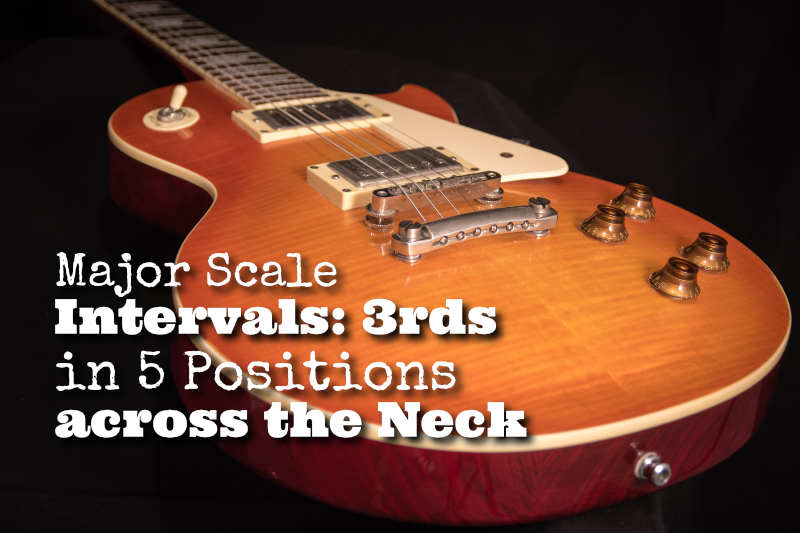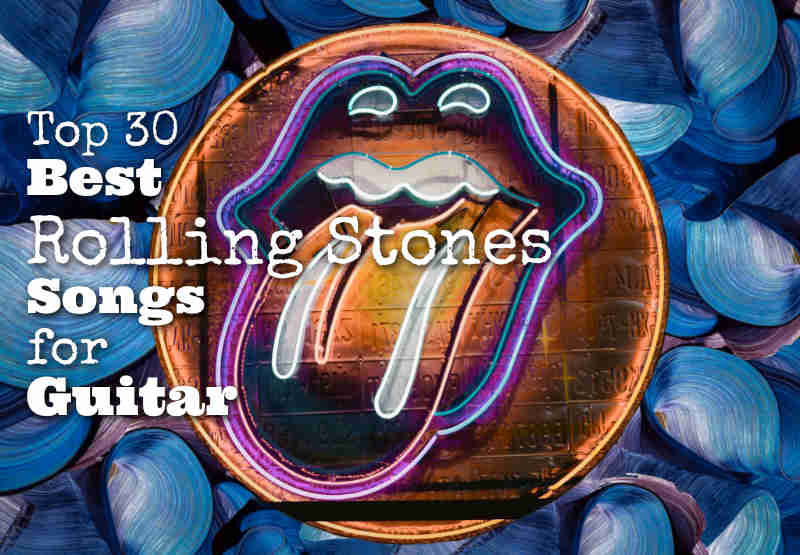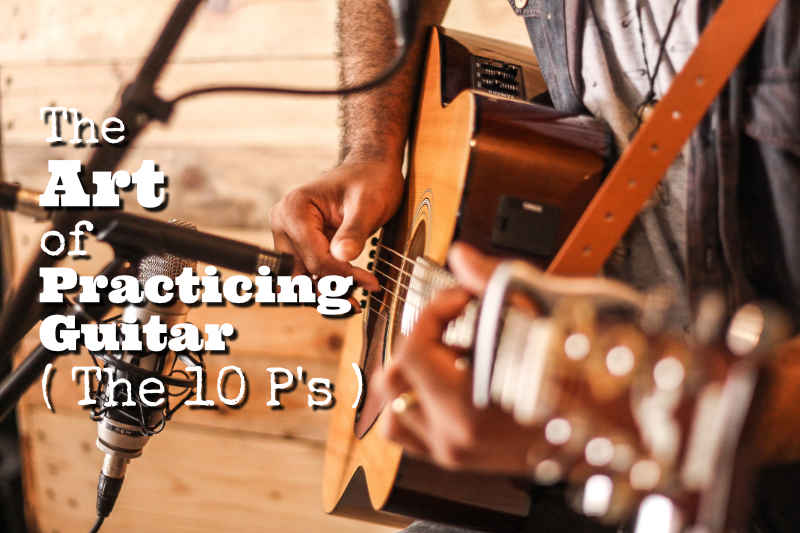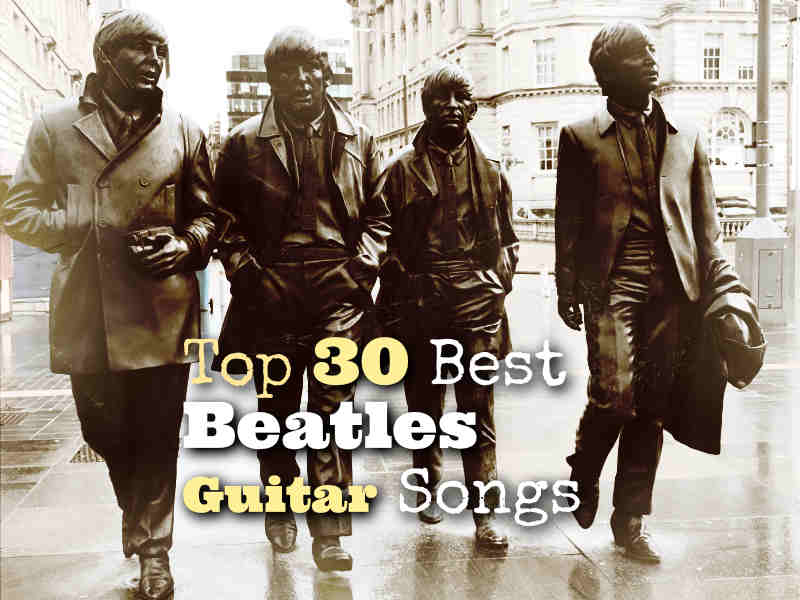March 25, 2020 by Klaus Crow

I hope you are doing okay with everything that is going on now. These are crazy times, but we have to make the best of it. We have to help each other out while keeping a safe distance, be considerate of others, smile to people to relieve a bit of their burden, but with all that don’t forget yourself along the way. Being kind to yourself too. Have a bit of fun. Try to enjoy the present moment.
For those of you who stay at home, you might have some more time on your hands now to enjoy the guitar, develop a nice practice routine, and make some good progress. Well, here’s a great guitar workout for you…
Practicing melodic intervals really developed my skills to solo and improvise over major chord progressions. Just by going through the scale intervals on a regular basis you are training the muscle memory for your fingers and acquiring the vocabulary for your creative mind to help you shape your musical brain and come up with melodic ideas. It’s an exercise that is not to be underestimated.
In this lesson we are going to learn “melodic intervals in 3rds” following the major scale. We’ll practice these 3rd intervals over 5 different scale shapes/positions across the neck, so we’ve got a great workout for you! Don’t worry we’ll take it step by step.
Make sure you know the major scale in 5 shapes/positions before you start this lesson, but on the other hand you can also skip that for now if you just became excited to dive into this lesson. You can always come back to that later. I can imagine you want to try at least the first exercise to know what we’re talking about here. I totally understand.
Another upside is that the exercises will train your ear to recognize 3rd intervals. This will improve your aural skills, which is a important part of becoming an accomplished musician (Try to sing along the notes as you play the exercises). The practice of playing the intervals will also increase your dexterity. A win-win situation in many ways.
Continue Reading
 Spotify
Spotify  and Amazonmusic
and Amazonmusic  logo’s direct you straight to the song in the associated apps. The Chords links show you to the chords and lyrics of the song.
logo’s direct you straight to the song in the associated apps. The Chords links show you to the chords and lyrics of the song.
